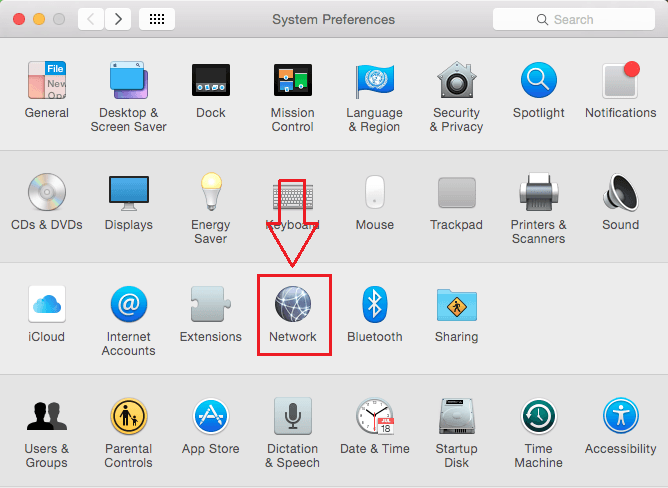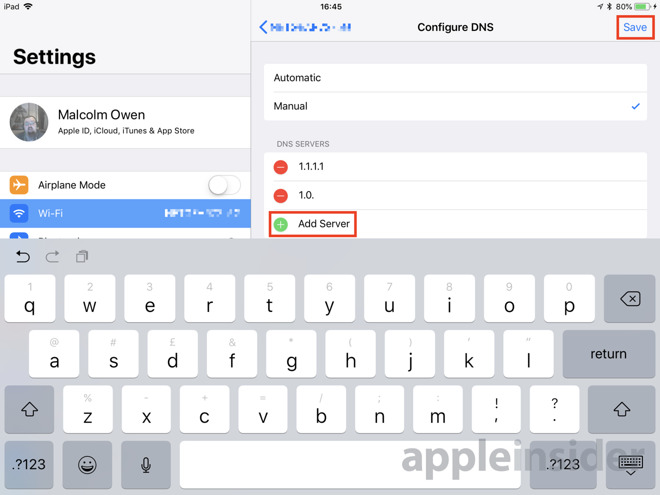

- #Mac apps for finding the fastest dns servers in 2018 how to#
- #Mac apps for finding the fastest dns servers in 2018 plus#
For the primary server in this example, you would change the second line to this: 127.0.0.1 localhost We can then add the unqualified name as an alias at the end. We should modify the second line to reference our specific host and domain combination and point this to our public, static IP address. For the primary name server, the file will look something like this initially: 127.0.0.1 localhost We need to configure this so that it correctly identifies each server’s hostname and FQDN. Open the file with sudo privileges in your text editor: sudo nano /etc/hosts Setting the Hostname on the Name Serversīefore we get into the configuration of our name servers, we must ensure that our hostname is configured properly on both our primary and secondary DNS server.īegin by investigating the /etc/hosts file. Using this configuration, a recursive DNS server will be able to return data about the domain to clients. The names in the center column in the table above will be able to be used to reach your various hosts. These are the details of the machines we will be configuring: PurposeĪfter completing this guide, you should have two authoritative-only name servers configured for your domain zones. You should replace it with the domain that you are configuring. We will use the dummy domain for this guide.

#Mac apps for finding the fastest dns servers in 2018 plus#
The two name servers mentioned above, plus a web server that we want to configure as a host within our zone. They only care about the zones that they are designed to serve.įor the purposes of this guide, we will actually be referencing three servers. This means that if the server does not know the answer, it will just tell the client (usually some kind of resolving DNS server) that it does not know the answer and give a reference to a server that may know more.Īuthoritative-only DNS servers are often a good configuration for high performance because they do not have the overhead of resolving recursive queries from clients. Unlike caching or forwarding DNS servers or a multi-purpose DNS server, authoritative-only servers only respond to iterative queries for the zones that they are authoritative for. This avoids the peril of having a single point of failure for your DNS servers. One will be for the “primary” DNS server where the zone files for our domain will originate and one will be the “secondary” server which will receive the zone data through transfers and be available in the event that the other server goes down. Check out this guide to learn about the concepts we will be implementing in this guide. To complete this guide, you will first need to be familiar with some common DNS terminology. We will set these up two Bind servers for our domain in a primary-secondary configuration.
#Mac apps for finding the fastest dns servers in 2018 how to#
In this guide, we will discuss how to install and configure the Bind9 DNS server as authoritative-only DNS servers on Ubuntu 14.04 machines.

While most people will probably choose to use the DNS servers provided by their hosting company or their domain registrar, there are some advantages to creating your own DNS servers. DNS, or the Domain Name System, is often a difficult component to get right when learning how to configure websites and servers.


 0 kommentar(er)
0 kommentar(er)
